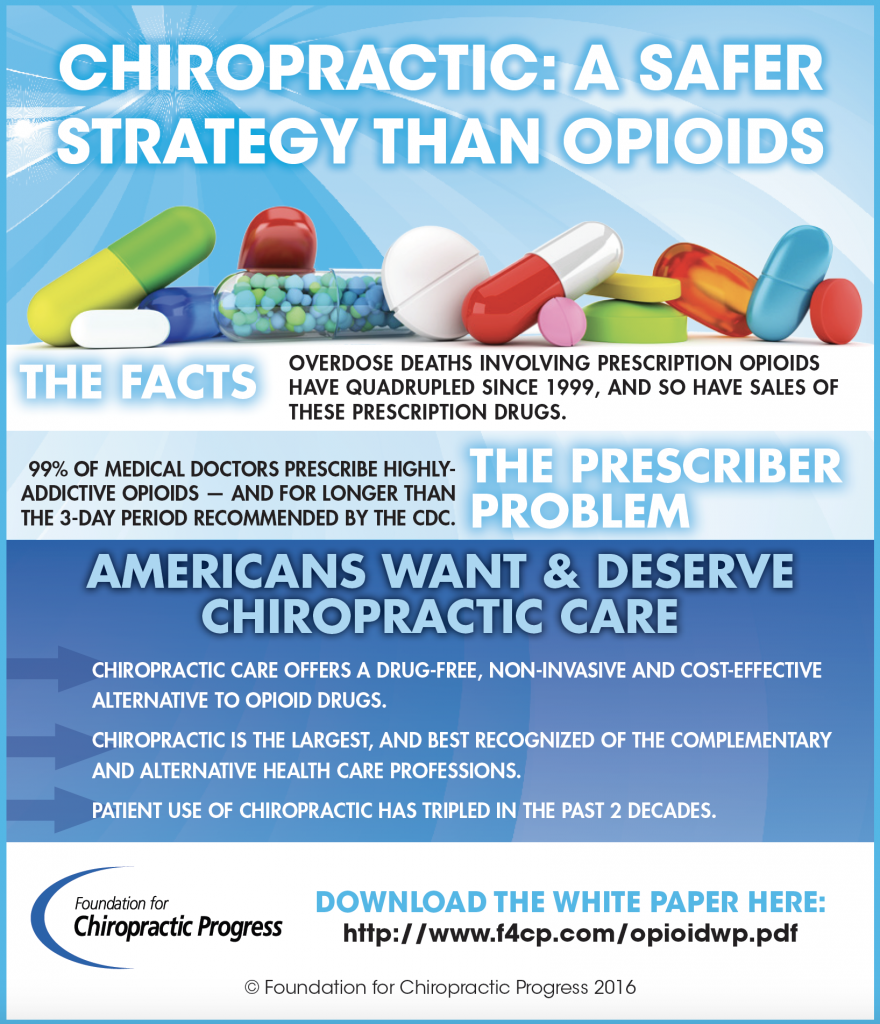How Does Cold Laser Treatment Make Use Of Light To Transform Recovery Processes, And What Cutting-Edge Opportunities Exist For Pain Administration In The Future?
How Does Cold Laser Treatment Make Use Of Light To Transform Recovery Processes, And What Cutting-Edge Opportunities Exist For Pain Administration In The Future?
Blog Article
Created By- just click the next web site
When considering alternate treatments, cold laser treatment stands out due to its one-of-a-kind method to recovery. By using details wavelengths of light, it targets mobile features and promotes recuperation in a non-invasive fashion. This technique not only boosts ATP manufacturing however likewise help in reducing inflammation and discomfort. As study continues to unfold, the effects for rehab and discomfort monitoring could be substantial. What does this mean for future treatment alternatives?
The Systems of Cold Laser Therapy
Cold laser treatment, also called low-level laser treatment (LLLT), functions by promoting cellular feature with the application of specific wavelengths of light.
When the laser light permeates your skin, it engages with the mitochondria in your cells, boosting ATP manufacturing. This boost in ATP invigorates your cells, advertising healing and regeneration.
https://www.healthline.com/health/cervical-cancer/cervical-cancer-laser-surgery affects cell membranes, boosting their leaks in the structure and promoting nutrient absorption while expelling toxic substances. In addition, cold laser therapy causes the launch of endorphins and decreases swelling, assisting your body react more effectively to injury.
You'll experience enhanced blood flow as the treatment promotes capillary development, ensuring that oxygen and nutrients reach damaged tissues a lot more effectively.
Comprehending these devices can aid you value its possibility in advertising recovery.
Possible Advantages of Cold Laser Therapy
When taking into consideration options for discomfort alleviation and recovery, you could locate cold laser therapy to be an appealing option. This non-invasive technique can help reduce inflammation, relieve pain, and advertise tissue fixing.
Many individuals report quicker healing times from injuries and surgical procedures after undertaking cold laser therapy. It's particularly helpful for problems like arthritis, tendonitis, and muscle mass stress.
You may additionally value that it has marginal adverse effects compared to drugs. Additionally, cold laser therapy can boost circulation, which assists in delivering nutrients and oxygen to harmed areas.
Current Research Study and Professional Applications
As interest in cold laser therapy grows, scientists are discovering its numerous applications and effectiveness in clinical settings. You'll find research studies examining its role suffering administration, injury healing, and reducing inflammation.
In physical therapy, specialists use cold laser therapy to enhance healing in sporting activities injuries, while dentists are discovering it valuable for dealing with dental discomfort and gum problems. Recurring tests are examining its potential in treating problems like arthritis and neuropathy.
These research studies intend to develop standard procedures and dosages, making sure safety and security and efficiency. As more proof emerges, you could see cold laser therapy coming to be a staple in both rehabilitation and pain monitoring, offering people a non-invasive option that enhances standard treatments.
Verdict
To conclude, cold laser treatment provides an appealing strategy to recovery by taking advantage of particular wavelengths of light to increase cellular features and promote recuperation. With advantages like improved blood circulation, lowered inflammation, and discomfort relief, it's becoming a valuable choice for different problems. As research study remains to develop standard methods, you can anticipate higher acceptance of this non-invasive therapy in recovery techniques and discomfort management strategies, making it a possible game-changer for numerous patients.
